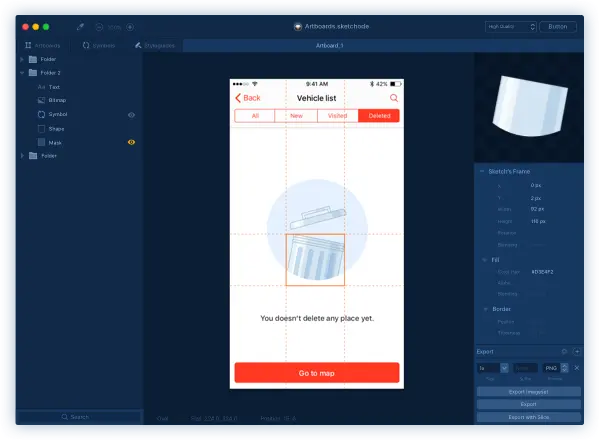Sketchode milestones
Fulfilling your vision is always a process. We try to keep track of all the smaller steps that got us to the Sketchode of today - every feature and every achievement. Building this timeline is our way to remember where we’ve started from and where we’re going, as well as to share our story with the users.
Automate with Latenode:
Latenode can help streamline the process of tracking, managing, and sharing the development timeline of Sketchode through various automation capabilities:
-
Milestone Tracking:
- Automate the tracking of key milestones and achievements, ensuring that each significant step in Sketchode’s development is recorded accurately.
-
Feature Updates:
- Use Latenode to automatically update the timeline with new features as they are developed and released, keeping the timeline current and informative.
-
User Engagement:
- Implement automated notifications to inform users about new timeline updates, milestones, and achievements, enhancing user engagement and interest in Sketchode’s journey.
-
Content Management:
- Automate the creation and management of timeline content, including text, images, and videos, making it easy to document and share Sketchode’s story.
-
Data Integration:
- Integrate data from various project management tools and systems to automatically populate the timeline with relevant information, reducing manual input and ensuring consistency.
-
Visual Representation:
- Use automated tools to create visually appealing and interactive timeline graphics, making it easy for users to explore Sketchode’s history and progress.
-
Feedback Collection:
- Set up automated feedback mechanisms to gather user comments and suggestions on the timeline, helping to improve its content and presentation.
By integrating Latenode, Sketchode can efficiently manage and enhance its development timeline, providing users with a comprehensive and engaging overview of its journey and achievements.













In August the developers began working to provide vector graphics support as well as to optimize the utility so that it could run fast and stable even on the less powerful machines.




